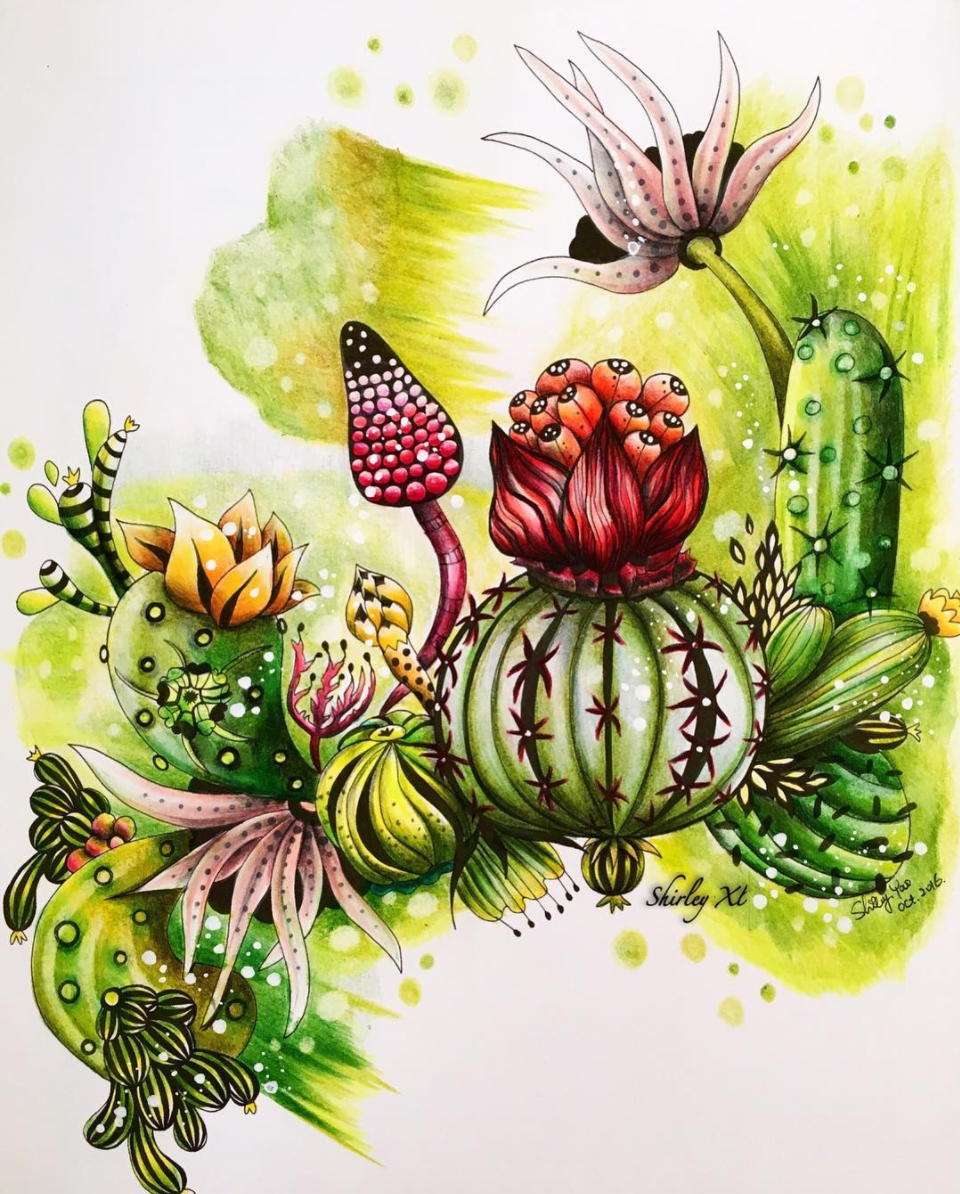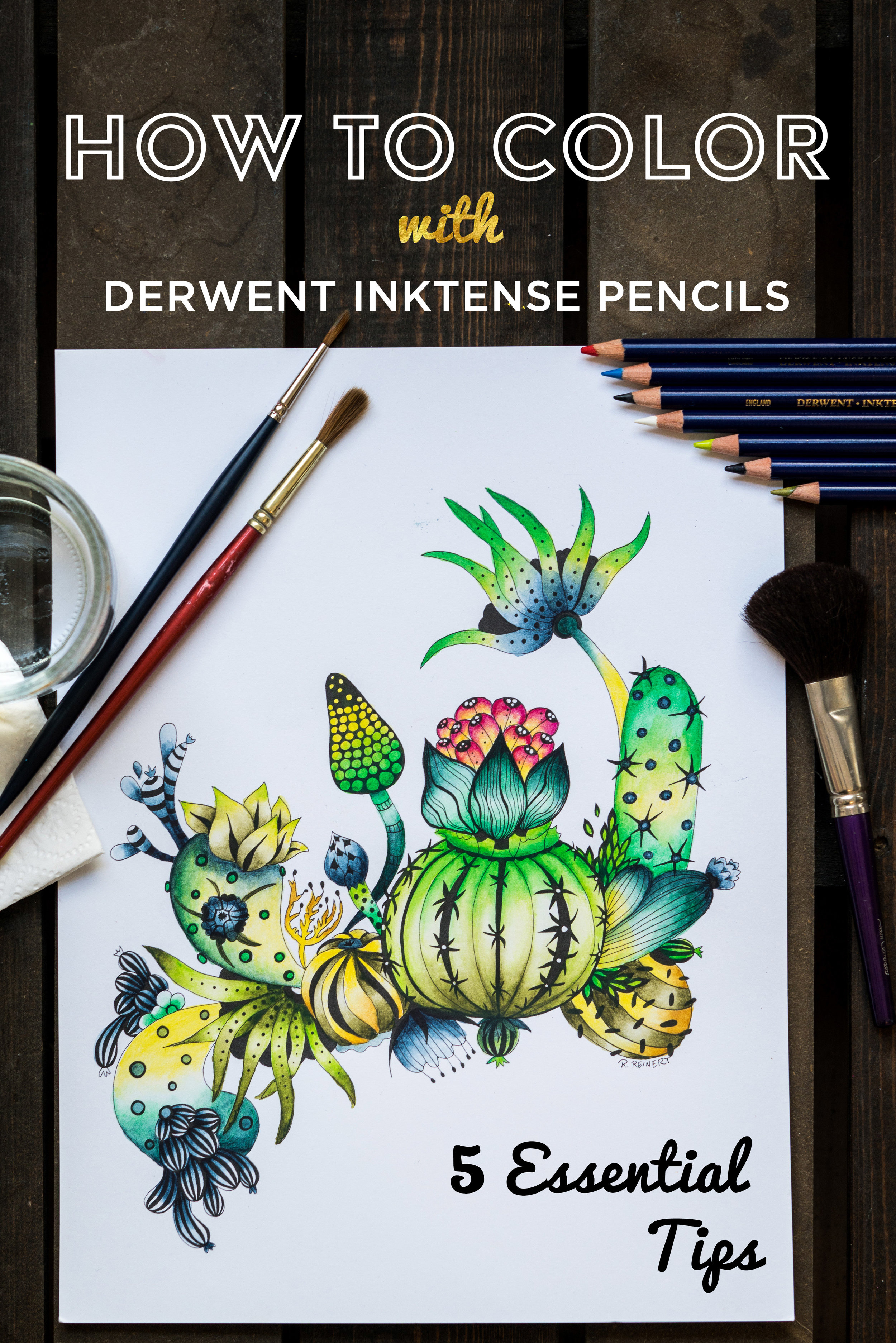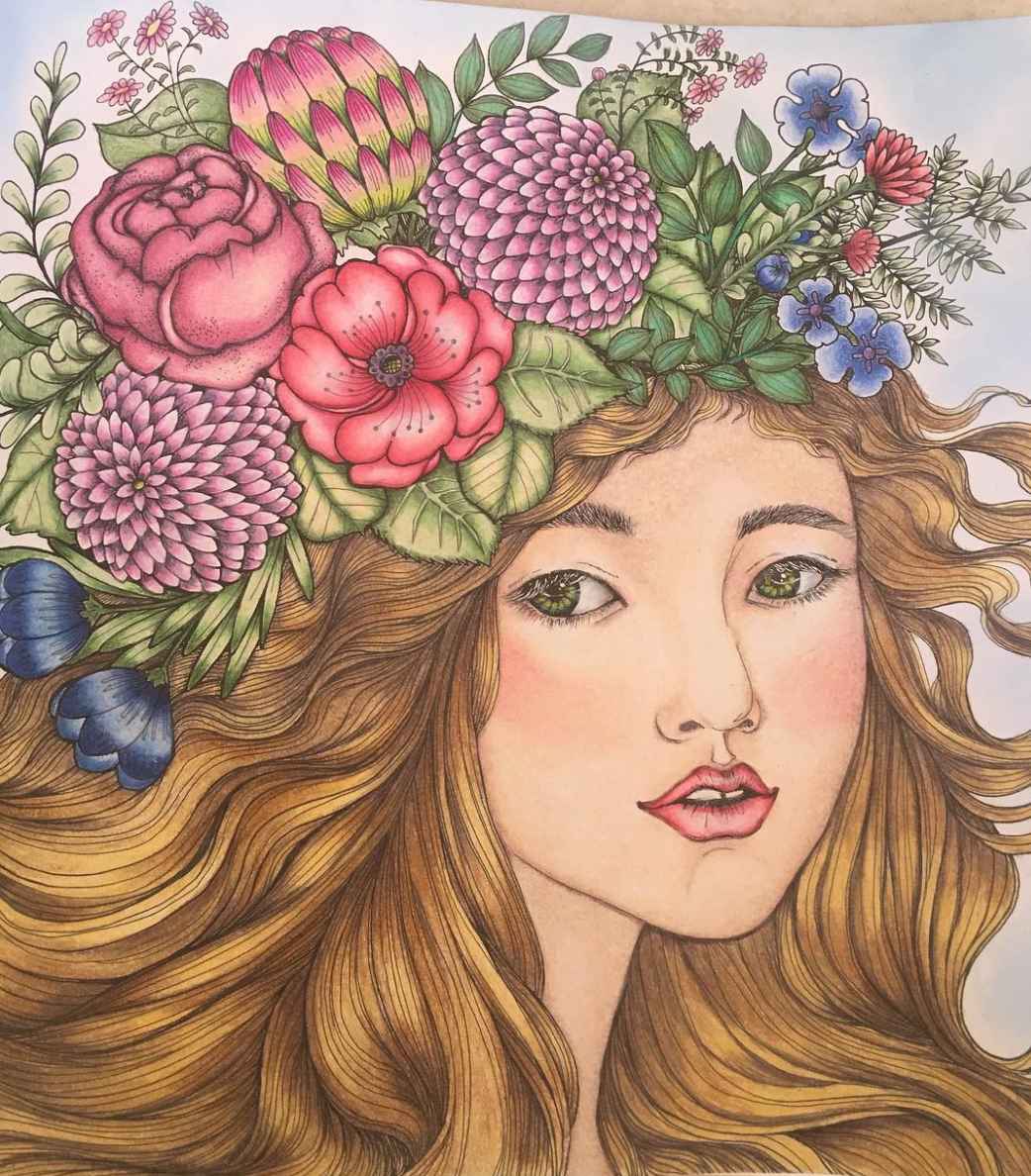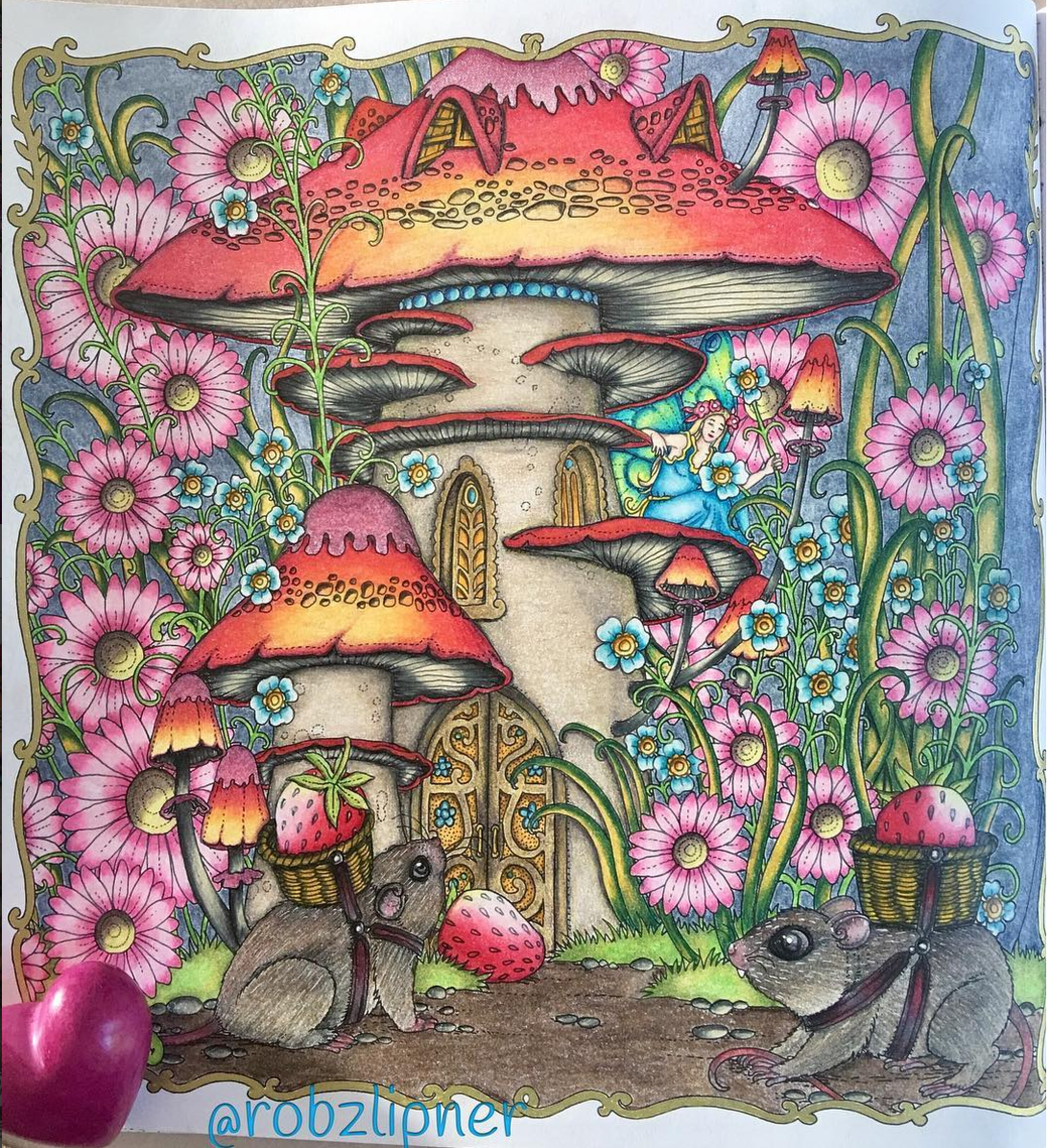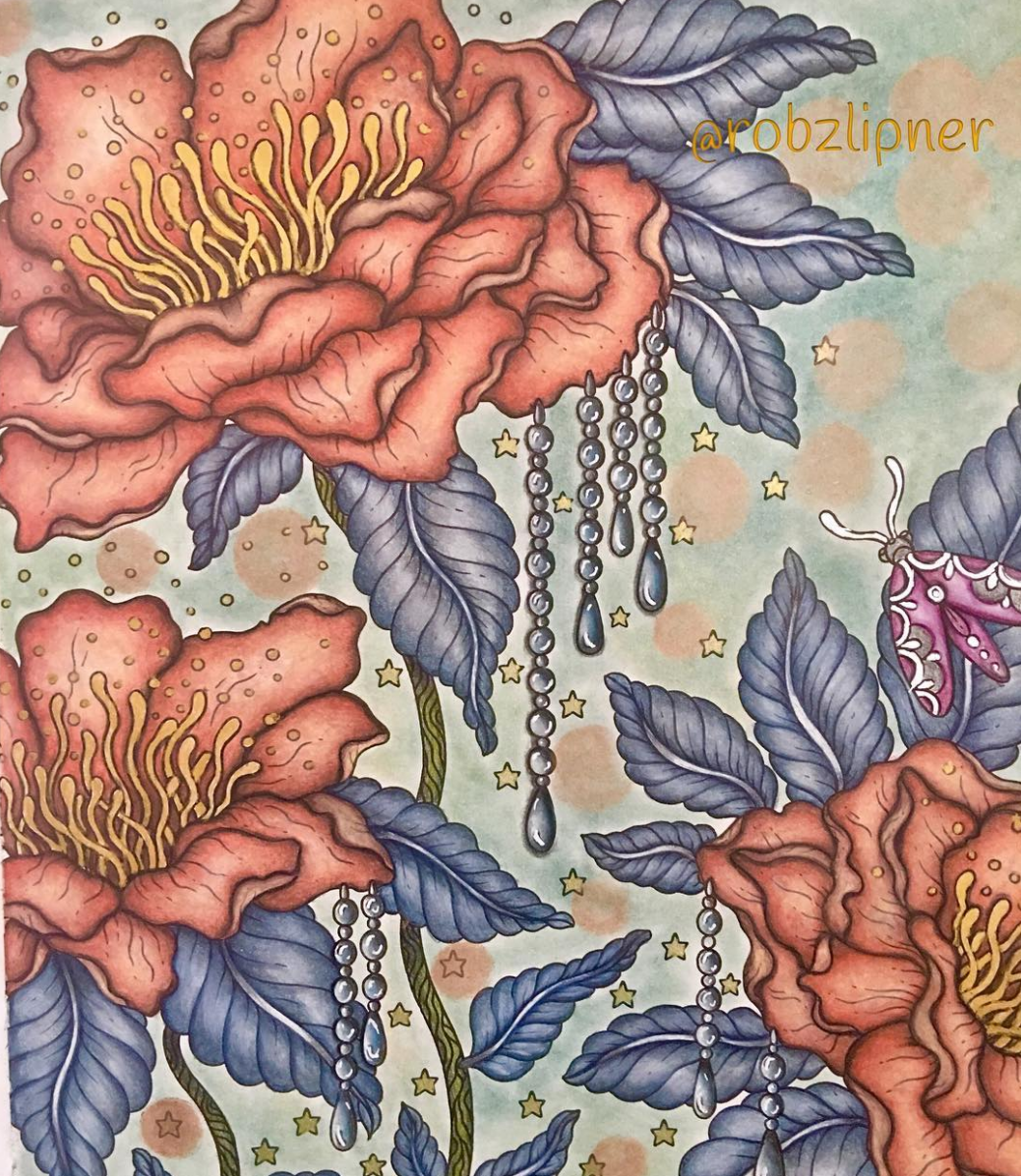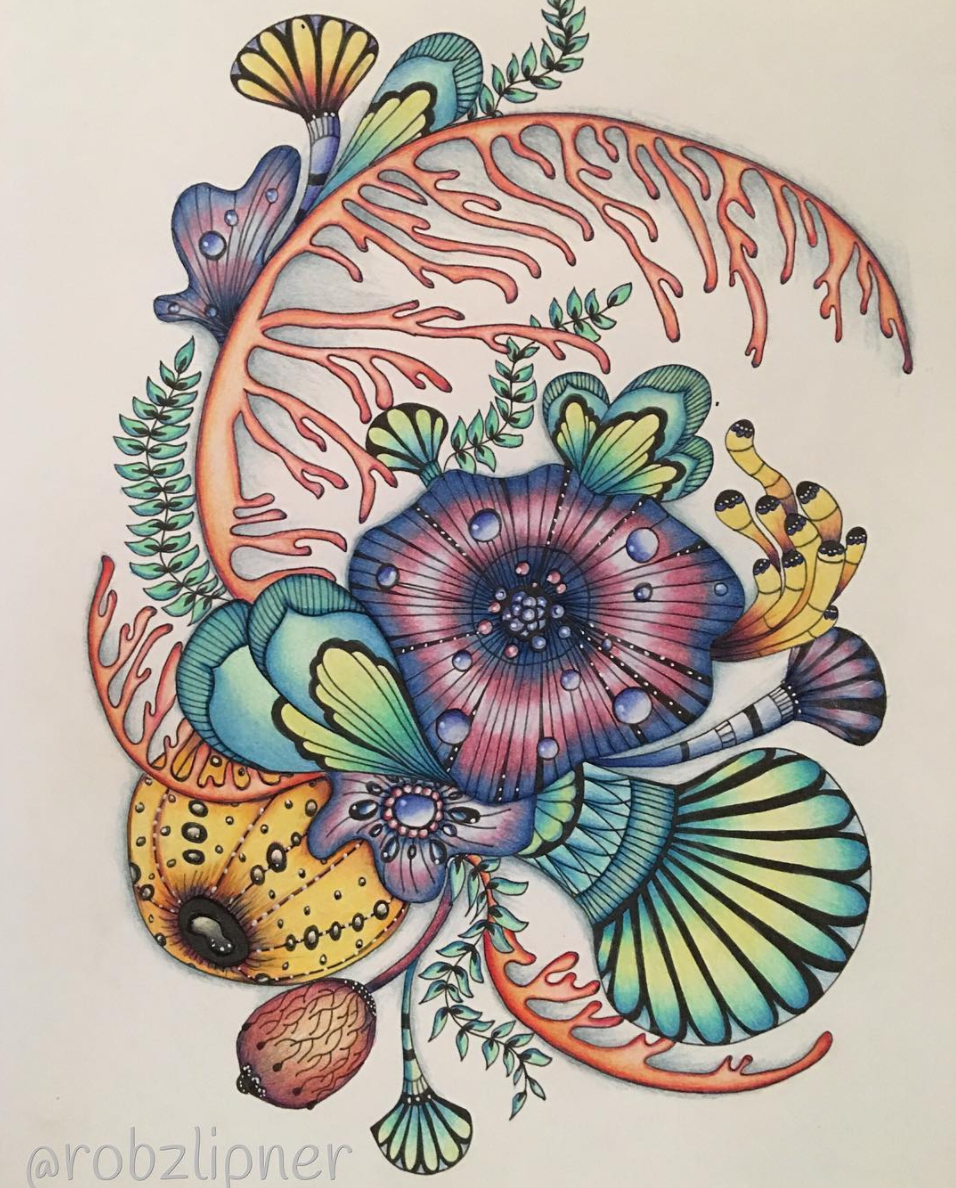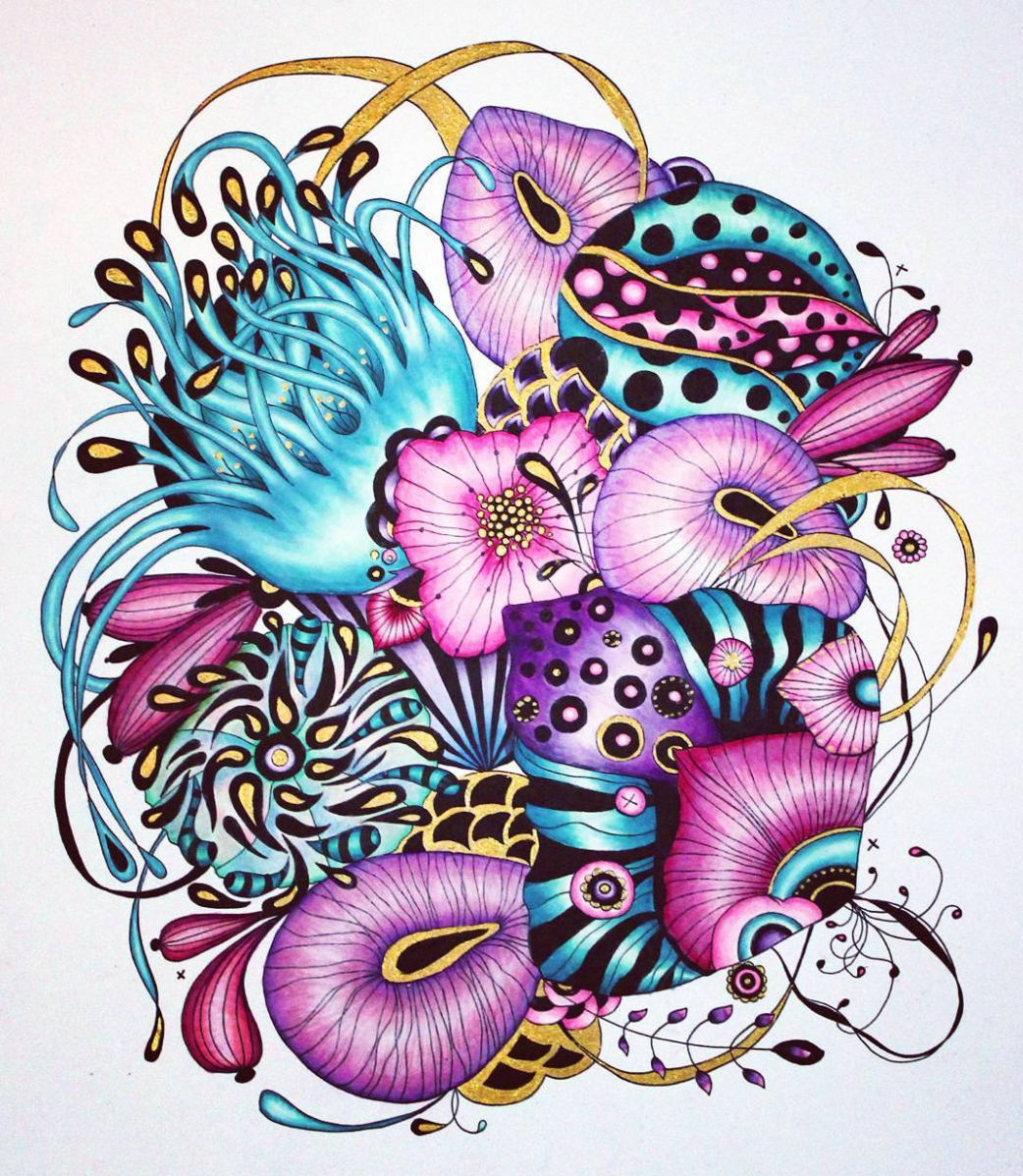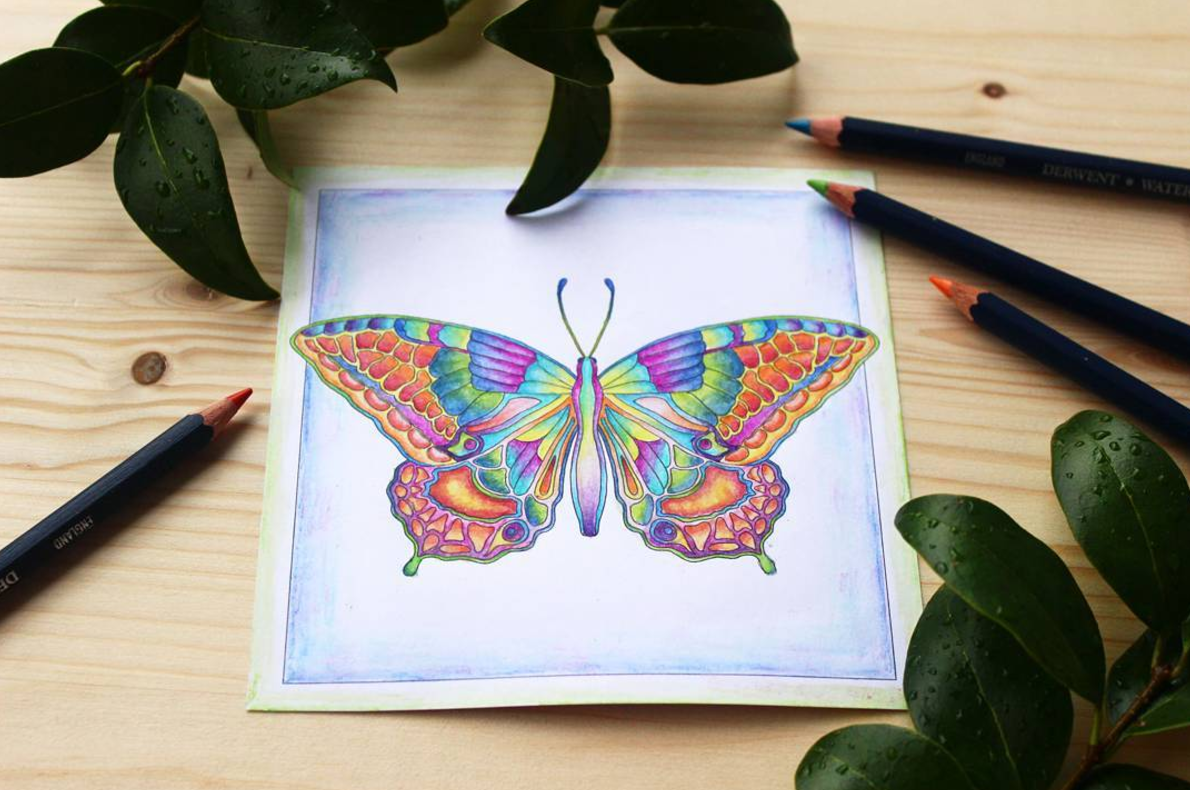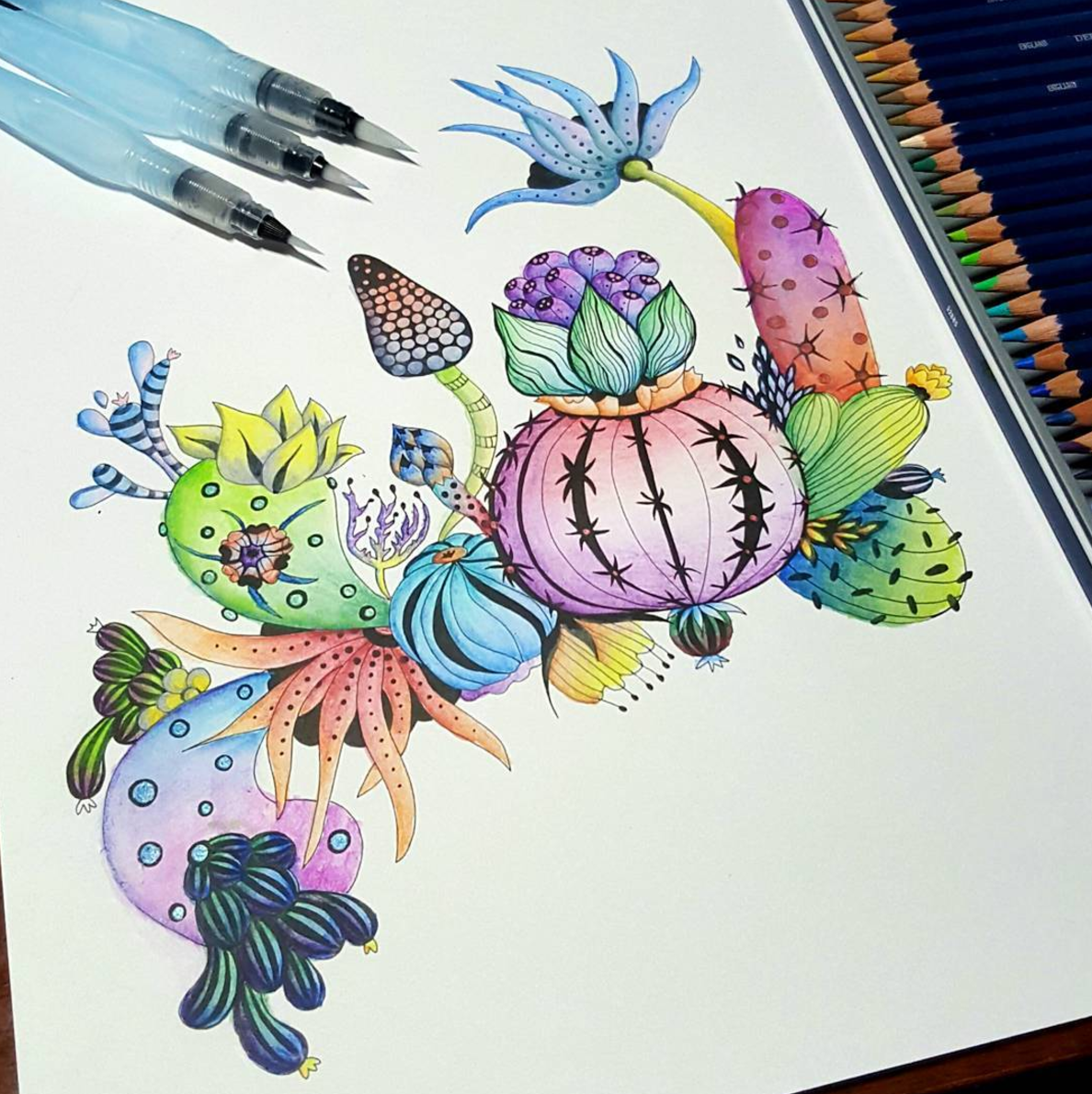“Coloring completely changed my mood that day from frustration, due to pain, to feeling utterly happy.”
We all have a story. We all have struggles and triumphs, all unique to us and our circumstances. When I meet people who have overcome great hardships and come out being stronger and more grateful despite setbacks in life, it inspires me and I think it is important to share with others to inspire hope. Jennifer Suarez is one of those people who has done the best she can to move forward and live a fulfilling, healthy life despite being diagnosed with Parkinson’s at age 33. I wanted to talk to her and learn about her background, and how she came to coloring as a therapeutic method of dealing with her diagnosis. According to the National Health Council, 40% of Americans are affected by a chronic disease. Below is my interview with her.
Jennifer, can you tell us about where you’re from and what you do?
I am from Monterey Park, California and I currently reside in Riverside County. I am disabled and manage my household. Right now, I am helping my nephew through college. He is a math tutor, mentor, and student at Mount San Jacinto College. I also help my father as best I can who suffers from end stage renal failure.
Please tell us a little bit about your story - how your journey began with Parkinson’s.
I started a free college course in March of 2011 (I was 32 at the time) for accounting and bookkeeping. I was laid off and needed new job skills. I noticed a month later that while working in Microsoft Excel, my thumb started to shake. So in May of that same year, I went to see a neurologist. Of course, he quickly prescribed some medication to relieve my minor thumb tremor which quickly spread to my left arm shaking. The neurologist sent me to see a movement specialist who diagnosed me with Parkinson’s. From there, my new life began.
How old were you when you were diagnosed, and how did it make you feel?
I was 33 when I was told that I had Parkinson’s. Honestly, my initial reaction was numb. I told the doctor, “Now What”? But as I researched this disease, I became terrified because I am head of the household. My family relied on me to take care of them.
At this same moment, I had already been caring for my father. I also had my niece and nephew living with me, and they also needed my help.
What did you do to try and alleviate your symptoms?
I quickly went back home to report to my neurologist of my official diagnosis. We went over a medication regimen and referral to a physical therapist.
What would you say to someone who is diagnosed with a chronic illness?
The first thing to know, there is tons of help and resources you just have to be your own advocate. Don’t give up. People are out in internet land with an ear to listen.
How did you discover that coloring helped you?
I follow many Parkinson’s foundations on Facebook that recommended “Color Therapy”. At first, I had only seen geometric color books at my local Wal-Mart and it did not catch my eye. A while after, I received a care package with a beautiful under the sea color book and pencils. I can’t remember the organization that sent me that package, but it opened my eyes to a whole new world. Before this color book, I was clueless to illustrators, brands of pencils etc….
I began to color in this book and felt incredibly relaxed, calm and focused. I realized when I was done, five hours had passed. Coloring completely changed my mood that day from frustration, due to pain, to feeling utterly happy. I was addicted.
How has using coloring as therapy changed you?
“Color therapy has completely changed my mental state. I was suffering from depression and fighting hard to snap out of it. I just found coloring calm and beautiful.”
Color therapy has completely changed my mental state. I was suffering from depression and fighting hard to snap out of it. I just found coloring calm and beautiful. I find it easier to stay calm even on my most painful days. For instance, I had to call customer service for an error on my internet bill. I knew this could be a long and aggravating call because I’d have to debate hidden charges on my bill. I put on my headset and while waiting to speak to a representative, I had my book open and pencils ready. I colored while waiting for customer care to come on the line and continued while we debated charges. I have a hot temper and usually would have been irritated, but I wasn’t. For me, coloring totally whisks me away to a calm state of being.
How much time do you spend coloring, and what’s your favorite subject matter and materials to use?
Since I cannot work anymore, I can spend hours coloring in a day. I color all day off and on between tasks and bill paying. I love cute books like Sanrio’s “Smile” color book and using Faber Castell Polychromos. But I have branched out to different themes like Rachel’s Botanical Wonderland. It is outside my comfort zone for coloring. I came across a review and loved Rachel’s enthusiasm for nature. When I looked through the book, her drawings caught my eye. I did not know how to color flowers and such, but I liked her work. So I challenged myself to learn and I found the change satisfying mentally.
Do you have any advice for anyone who is just getting started with coloring for therapy?
I would say start off by coloring in a quiet space and let the beautiful colors fall on your book of choice. Don’t worry about going outside the lines, just enjoy.
Is there anything else you would like to share with us?
I have been really lucky to have family and friends that support me especially my mother. I have met many people online who have been very supportive and for that I am grateful.
I’d like to say that if anyone needs mobility aids due to Parkinson’s, The Melvin Weinstein Foundation is incredible. Please consider donating. They have been like angels to me.




